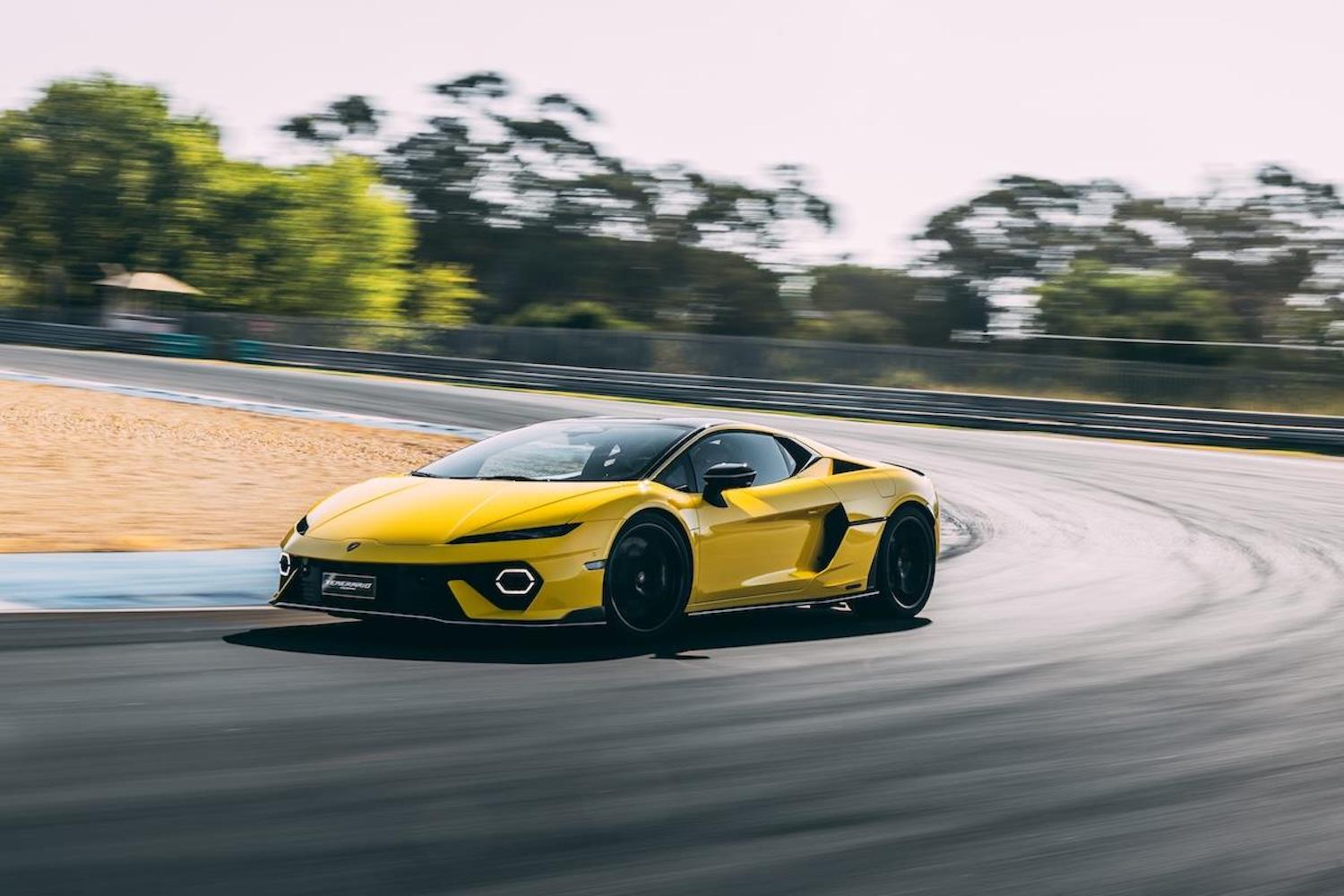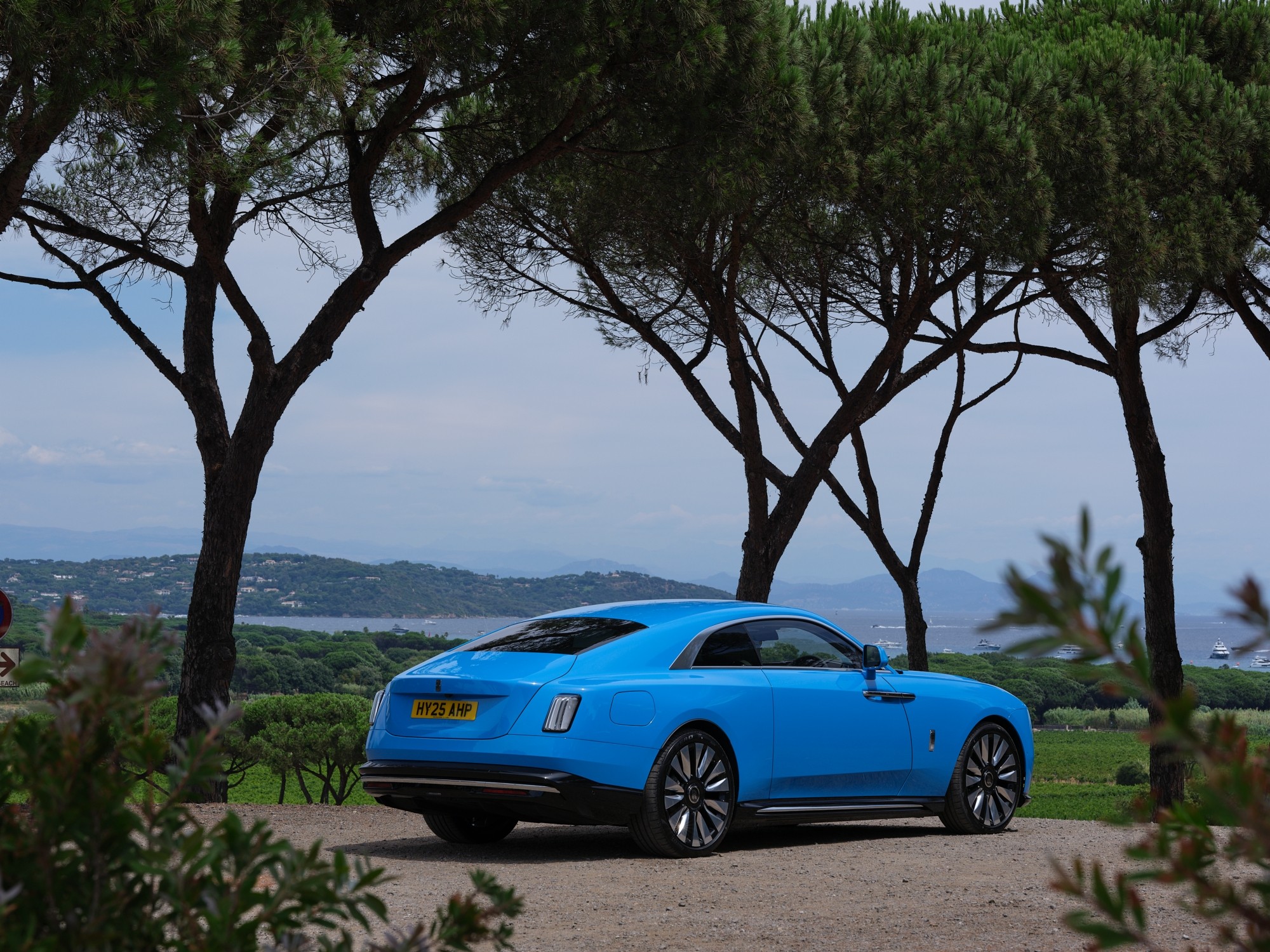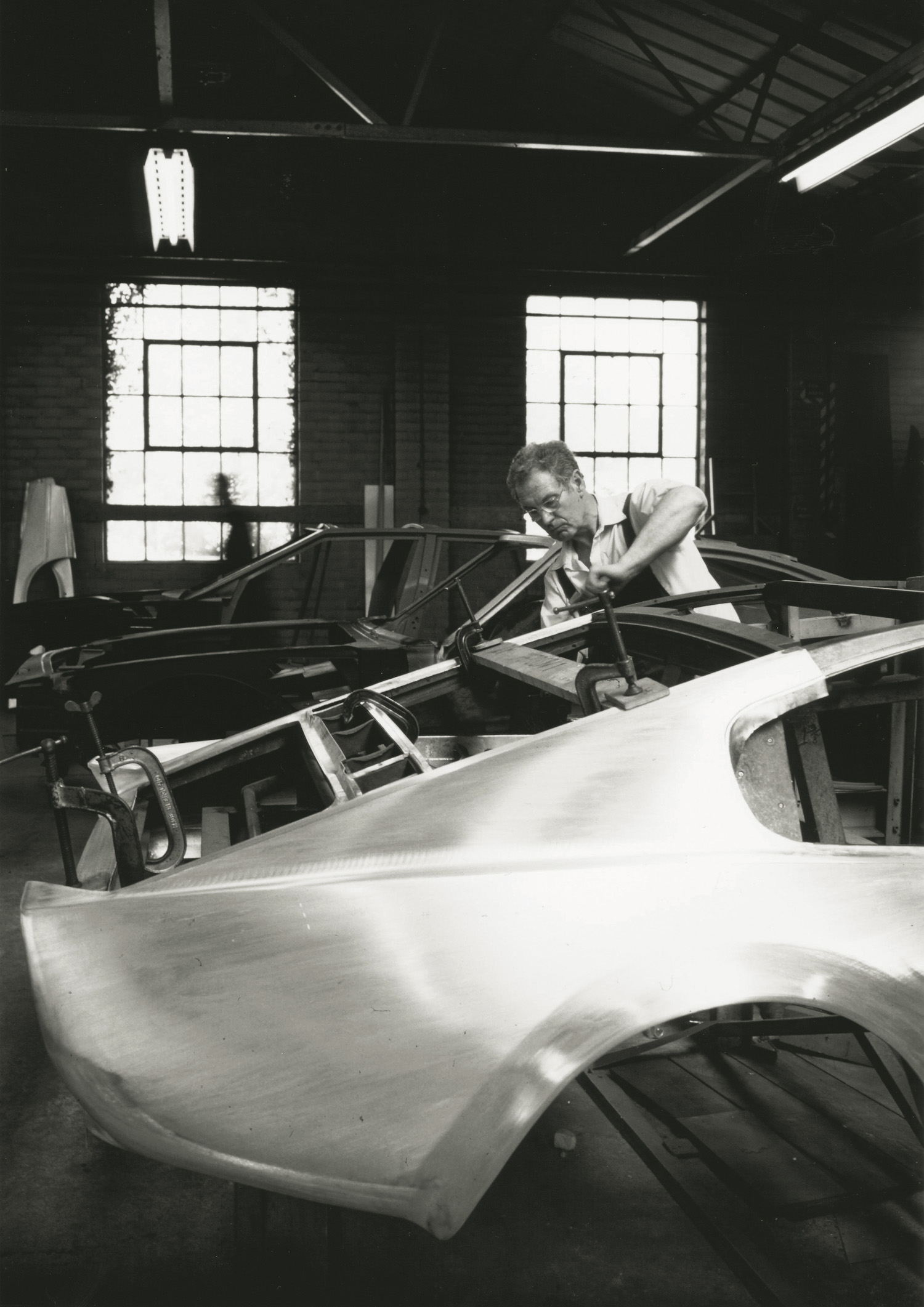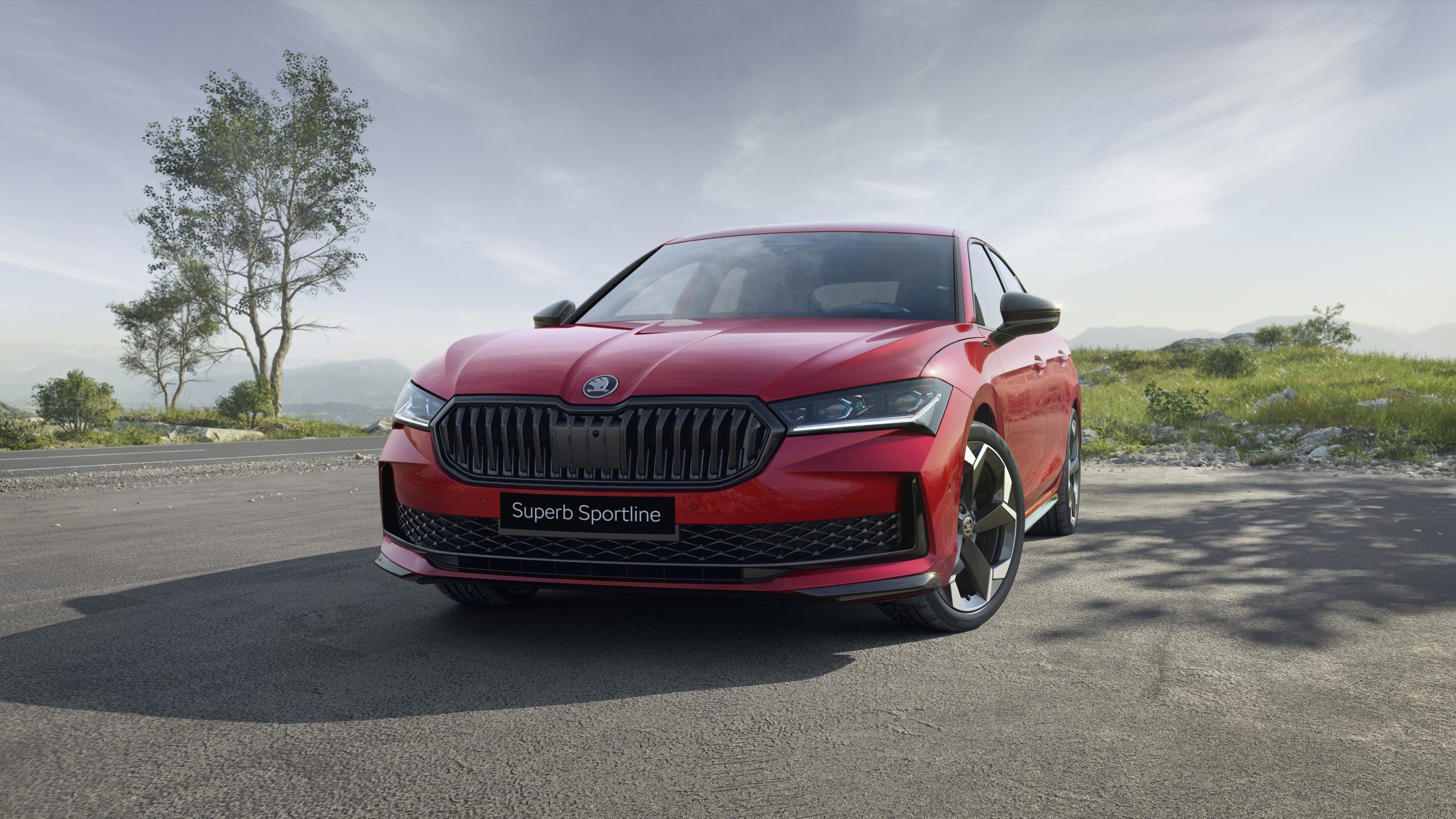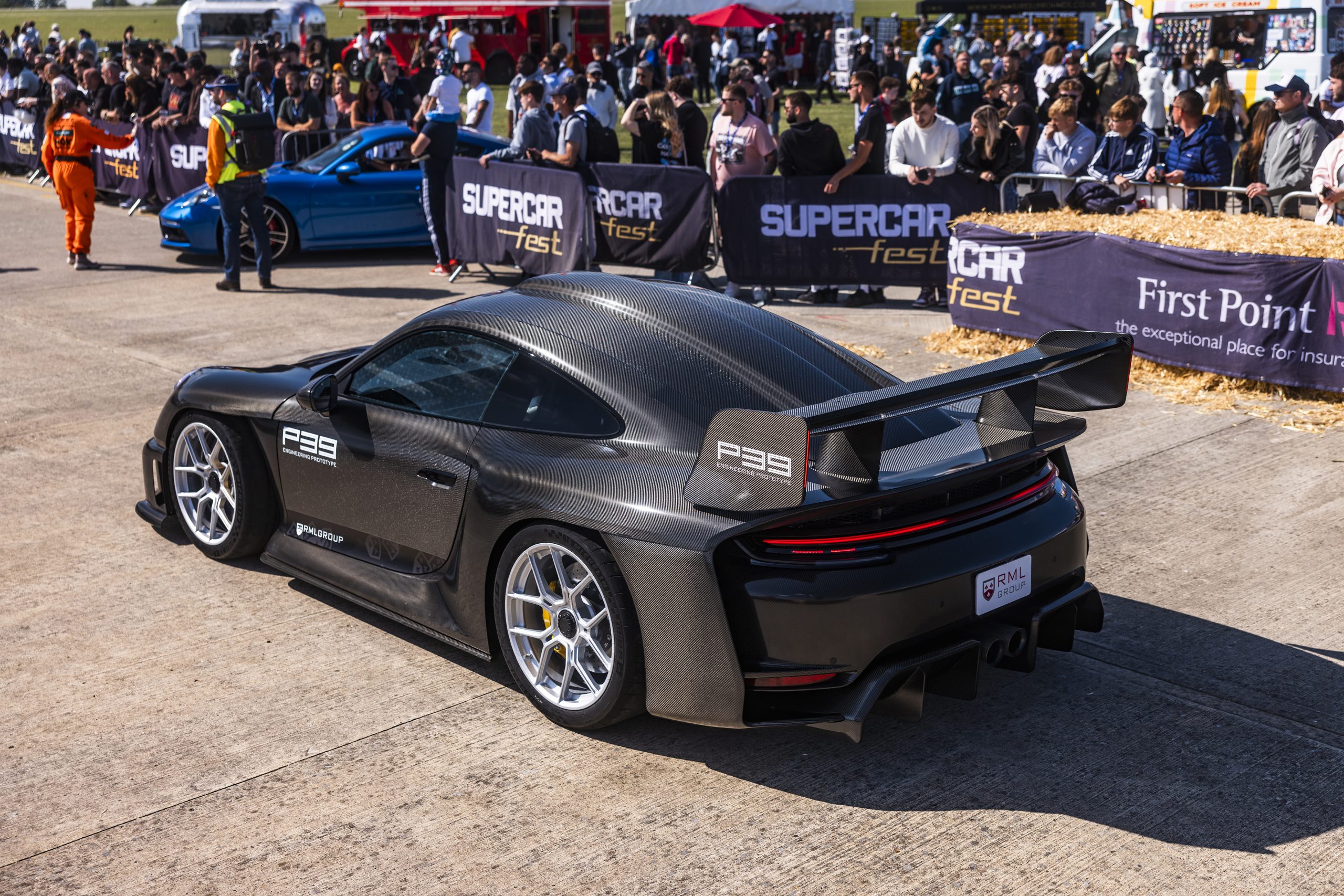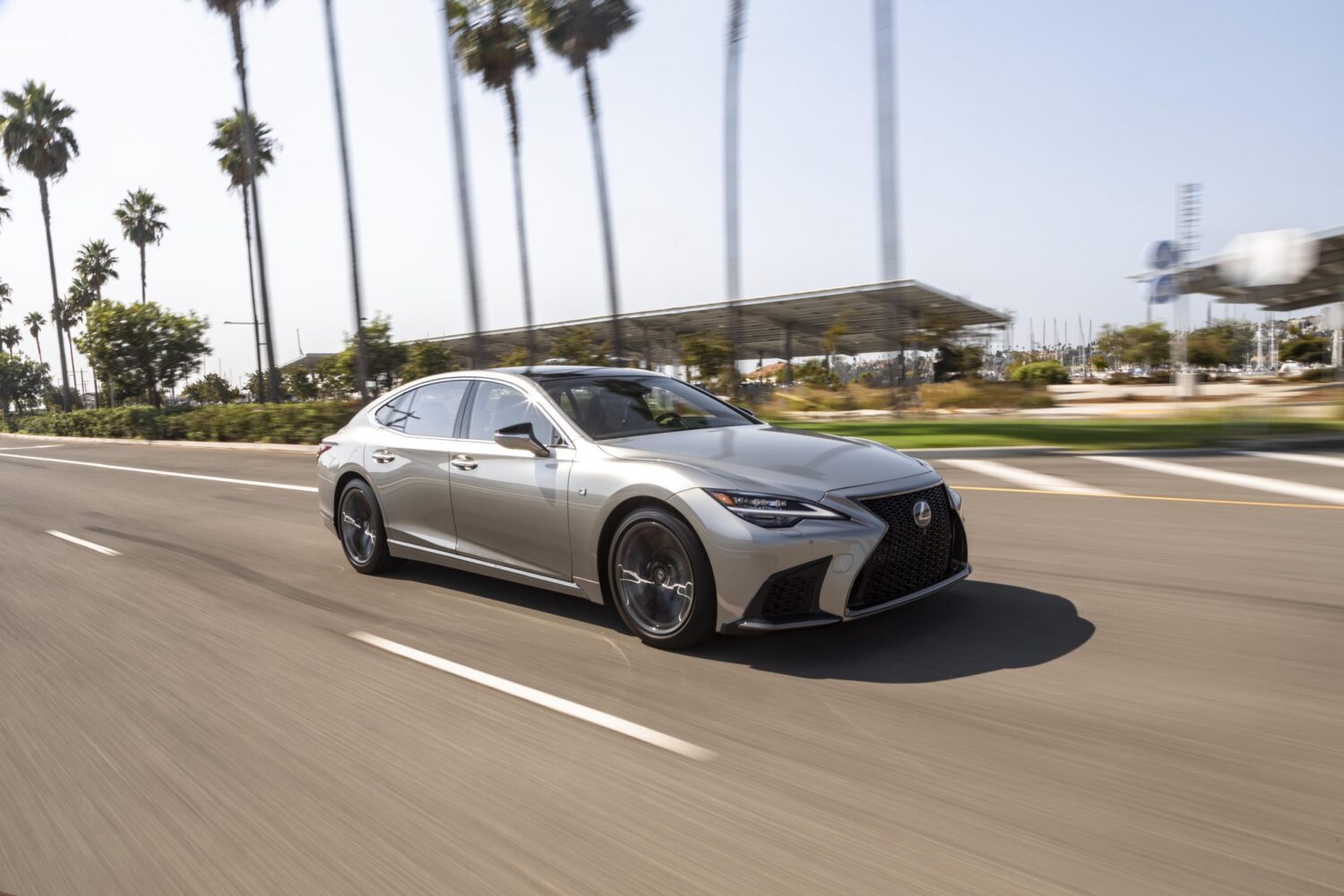Huracán (R)evolution: Lamborghini’s Story Of Technology And Innovation

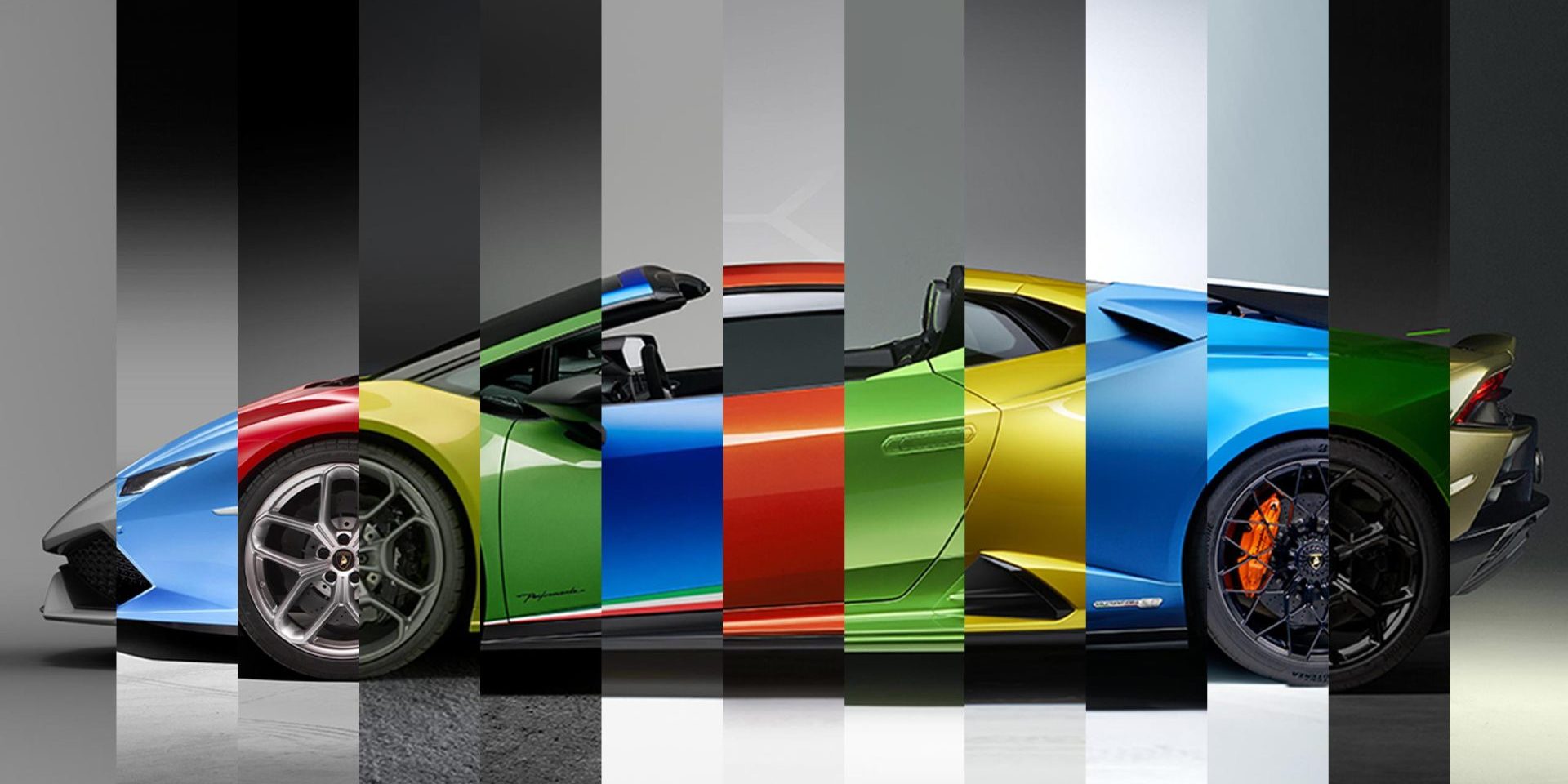
Presented at the 2014 Geneva Motor Show, the Lamborghini Huracán has represented consistent evolution for Automobili Lamborghini, pushing the envelope of the driving experience for customers across the years.
The Huracán, named after the famous bull by the same name for its courage, stands today as Lamborghini’s most versatile super sports car for its ability to express its full potential not only on the road and track but now also on snow, dirt and sand with the recent Sterrato. Huracán was also the first production model to incorporate significant technological innovations. Some examples include the dashboard with digital display featured for the first time on the Huracán LP 610-4; the ALA system (Aerodinamica Lamborghini Attiva) developed on the Huracán Performante; and the CCM-R brakes derived from Formula 1 used for the first time on the Huracán STO.
The technologies introduced on the Huracán were ultimately woven into Lamborghini’s DNA, forming a crucial component of later models. For instance, the Revuelto’s futuristic frame is made of Forged Composite, a special composite material patented by Lamborghini and commercially launched on the Huracán Performante. These innovations contributed to making the Huracán a commercial success, produced since 2014.
2014 Huracán LP 610-4: “Instinctive Technology”
The Huracán LP 610-4 coupé premiered at the 2014 Geneva Motor Show comes with a V10 engine delivering 610 CV at 8250 rpm. It is a four-wheel drive and, for the first time, incorporates the Lamborghini LDF dual-clutch system. The choices of driving modes are Strada, Sport, and Corsa. It features carbon-ceramic brake discs and MagneRide shock absorbers with electromagnetic control system and it is the first Lamborghini to include a digital display on the dashboard with 11” cluster. The Spyder convertible version is presented in 2015.
2016 Huracán LP 580-2: “Enjoyable Technology”
The Huracán coupé and Spyder in the rear-wheel drive versions arrive in 2016, aimed at a “fun to drive” experience. The model is designed for traditional driving purists desiring speed but also a car to enjoy in leisurely driving without pushing it to the limit. This Huracán is offered with 580 CV engine at 8000 rpm. It incorporates aesthetic changes in the front fascia and the air intakes, which are larger in size to better cool the rear brakes.
2016 Huracán Performante: “Sculpted by the Wind”
The Huracán Performante is the first iteration of the Huracán designed for sports performance. The engine gains 30 CV, upped to 640 CV at 8000 rpm, with 600 Nm of torque at 6500 rpm. However, the whole car gets an extreme makeover, not just the engine. For the Performante, lowering the weight was one of the main goals, which is achieved through the extensive use of Forged Composite (reinforced carbon polymers that are forged together) in the exterior and interior of the car, cutting the weight by 40 kg. Patented by Lamborghini, this technology combines maximum resistance and reduced weight. The Performante also incorporates advanced aerodynamics with the new ALA (Aerodinamica Lamborghini Attiva) system that delivers cutting-edge technology in a super-lightweight package: nearly 80% lighter than the traditional system. Thanks to aerodynamic flow control, the innovative ALA system allows achievement of optimum behavior depending on the type of use. Additional features in the Performante include recalibrated steering control and MagneRide suspension control systems, plus stiffer springs to improve the car’s behavior during track driving. The Spyder convertible version is presented in 2017 to complement the range. Thanks to its performance, the Huracán Performante set the new lap record in its category in 2016 at Nürburgring, becoming the top super sports car of its day.
2019 Huracán EVO: “Every Day Amplified”
Lamborghini’s V10 was completely revamped in both aesthetics and mechanics with the Huracán EVO[1] coupé and Spyder models launched in 2019. The engine now generates 640 CV at 8000 rpm, with 600 Nm of torque at 6500 rpm. The EVO has an all-new front end that improves downforce, while the diffuser and position of the exhausts and radiators in the rear are aesthetically inspired by the Performante, from where the engine was taken. The redesigned rear spoiler brings a five-fold improvement in downforce compared to the previous model. The MagneRide suspension gets an upgrade and now adapts to the type of driving using electromagnetic current. To improve dynamic performance, Lamborghini Dynamic Steering (LDS) is coupled with Lamborghini All-Wheel Steering (LAWS), which improves city driving and allows higher-speed bends on the track. The new infotainment system makes its debut with an all-new central 8.8” HD display, combined with Lamborghini Integrated Vehicle Dynamics (LDVI) technology featuring driving mode prediction capabilities based on the driver’s steering wheel, accelerator and brake commands, and by analyzing external variables such as the type of road surface and the lateral and longitudinal forces and vertical acceleration acting on the car.
2020 Huracán EVO RWD: “Rewind to Rear-Wheel Drive”
The “fun to drive” concept that was first introduced with the previous Huracán rear-wheel drive model is reiterated and played up in the Huracán EVO RWD, which includes both coupé and Spyder models. The redesigned front splitter allows more air directed toward the rear diffuser. And to make the RWD even more agile and fun to drive, Lamborghini chooses not to use LDVI, opting instead to develop a P-TCS (Performance Traction Control System): an exclusive technology that ensures optimum traction during drifting, increasing oversteering behavior by 30% compared to the four-wheel drive version.
2021 Huracán STO: “Based on a True Story”
The introduction of the STO[2] (acronym for Super Trofeo Omologata) is a road version built for racetrack use, directly descended from the race version competing in the Lamborghini Super Trofeo championship: it changes the rules of the game. The STO maintains the EVO’s 640 CV engine, featuring reworked calibrations to provide greater driving feel and rear-wheel-drive-only mode with rear-wheel steering. Seventy-five percent of the bodywork is made from carbon fiber, which customers can choose to paint or leave visible. The “cofango” front hood/fender assembly, a one-piece molded work of art made of carbon fiber composite, is a distinctive feature of the car’s bodywork. The “cofango” had been a peculiarity of the Lamborghini Miura. Completely upgraded, the fixed-opening rear wing adjusts manually in three positions to obtain different aerodynamic loads. The driving mode systems are all-new and developed especially for this car: STO for road driving, Trofeo for racetrack use, and Pioggia for slippery road conditions. The steering wheel and accelerator pedal provide an even more direct feel. Developed in collaboration with Brembo, CCM-R brakes derived from Formula 1 are used for the first time on a production car. The brake consists of discs made from multiple carbon fiber sheets coupled together and has an even higher resistance than carbon-ceramic brakes, for more consistent braking even at high temperatures.
2022 Huracán Tecnica: “Take All Your Souls To Drive”
With a 640 CV engine at 8000 rpm, the Tecnica[3] is three souls in one: lifestyle, coming from the unique design and many distinctive elements, e.g. the carbon and glass engine hood, that provide a perfect balance between elegance and a sporty look; driving enjoyment, thanks to rear-wheel-drive only and use of specific calibrations; and performance, via rear-wheel steering (by maximum 3°) and improved aerodynamics, also owing to the all-new front bumper design with optimized air intakes and redesigned splitters, increasing downforce by 35% compared to the EVO model.
2023 Huracán Sterrato: “Beyond the Concrete”
Born to transfer the “fun to drive” factor to unexpected terrains for a super sports car, the Sterrato[4] is a completely new car concept. While the Urus brought super sports car performance to an all-terrain vehicle, the Sterrato does exactly the opposite, bringing a super sports car to terrains that are typically the prerogative of SUVs. The Sterrato comes with a higher ride height of 44 mm; redesigned and reinforced suspension; and also a modified underbody, to withstand the loads not typically experienced on paved roads. Knobbly Dueller (run-flat) tires were created especially for this model in partnership with Bridgestone and accentuate the character of the vehicle on all types of terrain. Special mudguards enclose the tires where the fender ends. The wheel track is 30 mm wider; the front splitter was redesigned to ensure a better angle of incidence; and the front bumper, also redesigned, incorporates oversized air intakes for the brakes. For engine protection against sand, dust and gravel, all the low intakes were closed and a special intake was added to the roof of the car. The three driving modes, Strada, Sport and Rally, were reprogrammed to ensure improved behavior of the Sterrato under various conditions. The Sterrato is the only Huracán built in a limited run, with 1499 units produced.
The Huracán has also delighted customers and fans with many special series, including the 2019 EVO GT Celebration; the 2023 60th Anniversary model; and the 2024 STJ (acronym for Super Trofeo Jota), the latest celebratory super sports car equipped with aspirated V10 engine and produced in a limited run of 10 units. With its record-breaking performance, technology and sales figures, the Huracán in both the road versions and the competition versions (Gran Turismo, Huracán GT3, Huracán GT3 EVO and Huracán GT3 EVO 2) has been and continues to be an important part of Automobili Lamborghini. It has been the most versatile model in the history of the Sant’Agata Bolognese-based carmaker: the naturally aspirated V10 engine is a symbol of Automobili Lamborghini’s history and contributed to the success of the Huracán family, which will be replaced by a brand-new super sports car equipped with a new hybrid powertrain by the end of the year.
[1] Fuel consumption combined: 14,9-13.9 l/100km (WLTP); CO₂-emissions combined: 338-328 g/km (WLTP)
[2] Fuel consumption combined: 13.9 l/100km (WLTP); CO₂-emissions combined: 331 g/km (WLTP)
[3] Fuel consumption combined: 14,5 l/100km (WLTP); CO₂-emissions combined: 328 g/km (WLTP)
[4] Fuel consumption combined: 14,9 l/100km (WLTP); CO2-emissions combined: 337 g/km (WLTP)




